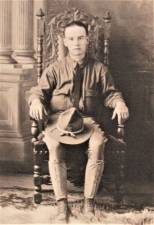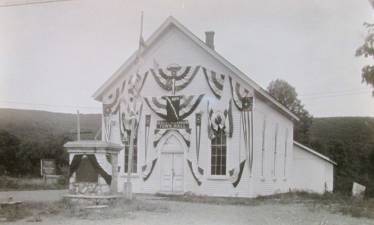Independence Day 100 years ago, a look back at Newfoundland’s traditions
NEWFOUNDLAND. Many traditions have changed over the years, including the colloquial name of the day.
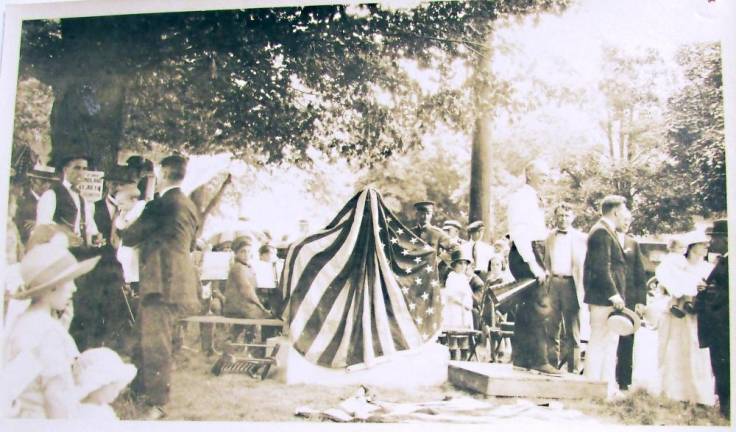
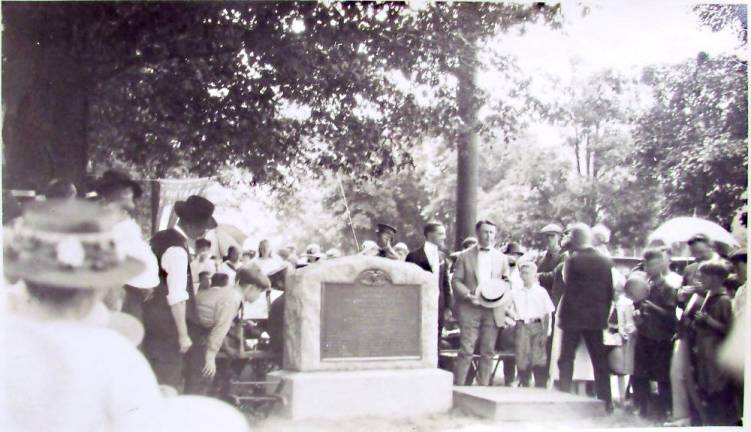
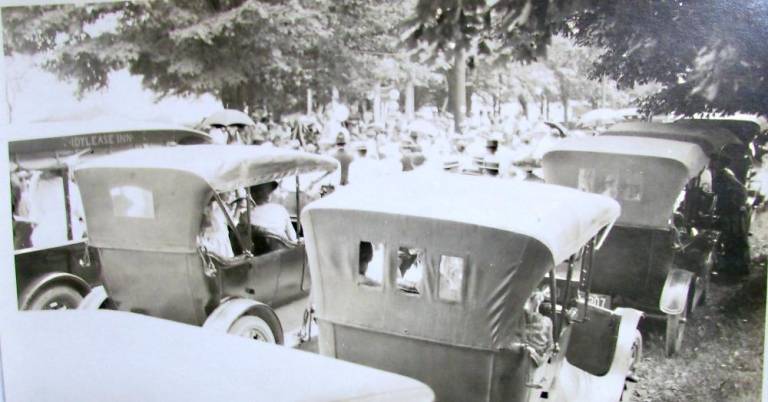
People living 100 years ago celebrated the annual July 4 holiday as “Independence Day,” an annual celebration recognizing the nation’s birthday. It was an important holiday and the price the forefathers paid for freedom was often a topic in speeches and conversation during the day.
With the day now most often referred to as the “Fourth of July,” the original meaning may have gotten lost or diminished somewhere along the way. In the past there were routine events such as the reading of the Declaration of Independence and dedications of memorials to those who fought to give the nation independence.
Celebrating “Independence Day” 100 years ago was a big deal in Newfoundland. Not only were there fireworks at annual community gatherings, but carnivals and contests were held for just about everything, including the popular pie and watermelon eating competitions. Sharing of food and socializing were also highlights of the day. Homemade apple, cherry and blueberry pies were among the home prepared foods that were often available.
In Newfoundland the railroad was near the fairgrounds on Green Pond Road and people were able to travel in for celebrations. When automobiles were available, others drove in for Independence Day celebrations. This area was known for its mountain resorts and some people at Independence Day events stayed at the numerous hotels of the day, including the Brown’s Hotel that was on what is now Route 23 — opposite Green Pond Road, the gazebo and fairgrounds.
Participants in the 1921 Independence Day celebration at the Newfoundland Fair Grounds were inspired by the nation’s greatness and their thoughts centered around patriotism and love for the nation. The fair ground at that time was known as Brown’s Field.
That year a memorial, dedicated to residents who had served the nation during World War I from 1917 to 1919 was to be unveiled. When people arrived, they saw a memorial stone covered with red, white and blue patriotic draping. It was formally unveiled later that day.
An official program sold for five cents. It carried not only news of the Independence Day events, but also some information on local businesses and what they offered customers.
The greater Newfoundland area veterans who served in the military during the war time were listed on the memorial as follows: Archie E. Angle, Raymond E. Angle, Emil E. Aarange, David Cole, Hobert Cole, Leo P. Drake, Walter Hoyt, Freedland Kimble, Raymond Kimble, Theodore Kimble, Leo Little, William Donald Macilroy, James McCloud, John T. McCormick, Lester Mickens, Walter Mickens, G. Waldo Rude, Richard S. Terwilliger, Frank Traynor, Harry Sisco, Crawford I. Smith, Maurice Stickle and Garrett Van Dein.
A Monument Committee card of thanks from the group arranging the event was distributed with the program. It stated: “We desire to express our sincere thanks to our citizens who enabled us to erect this token to the memory of those willing to sacrifice ‘all to the call for protection of our country.’”
The formal program for the event began with the singing of the national anthem – “The Star-Spangled Banner.” Invocation by the Rev. E.M. Shockley followed. The Honorable John McChurchen gave an opening address. Shockley presented the monument, with the unveiling of the memorial by John Elmore Riggs. All present were then invited to join in singing the hymn “America.” The program ended with acceptance of the memorial by Honorable John A. Mathews. Benediction was by the Rev. F. W. Schlueter.
Events that followed during the 1921 observance of Independence Day included a series of six relay races that started with a 60-yard dash and ended with a relay race with separate events in various categories for boys and girls.
The races listed entrants by schools they attended. Student participants were from Butler, Newfoundland, Milton, West Milford Village, Macopin and Oak Ridge schools. There was a baseball game and music by the Newark City Boys Home Band, with Professor Frank Suenderhoft conducting. The band also played at the end of the memorial dedication ceremony.
The Newfoundland Ladies Aid Society, Boy Scouts and Girl Scouts took care of serving refreshments and supper. There were two dance sets during the evening, with music by Clark’s Dance Orchestra. The first two numbers in the first set were fox trots to the music of “Love Bird” and “Pining,” followed by a one step to “Florida Moon.” The first waltz of the evening was “Love in Lilac Time.” The day ended with a fireworks display.
F. A. Hogan chaired the event with John T. McCormick as secretary. Committee Chair was assisted by F. D. Mackey, G. A. Campbell Jr., G. E. Fredericks Jr., and McCormick. William Bank was grounds chair and his committee included Thomas W. Post, William Duffy, Whitfield Kimble, Leonard Van Horn, Lester Mickens, LeRoy Tice and Arthur Eberhardt.
While the traditions have changed, those that came before still live on in the pictures, stories, and left-over programs we share today.
